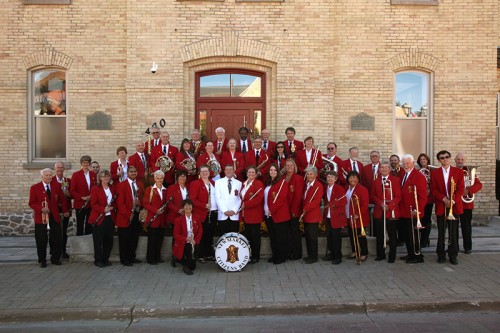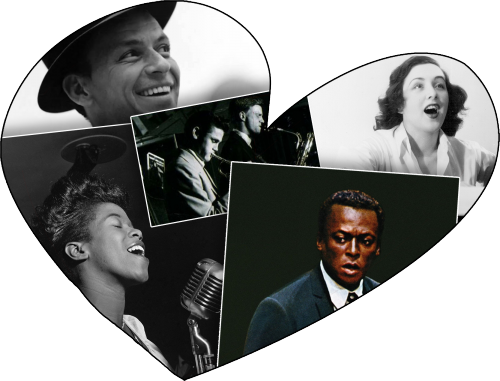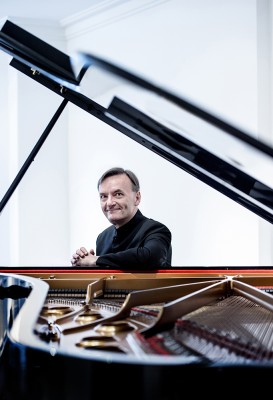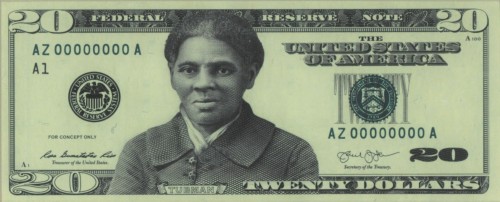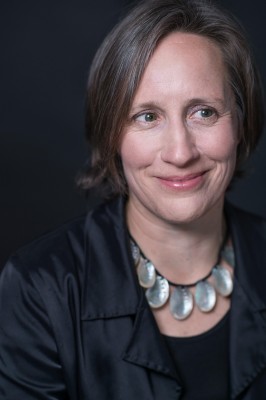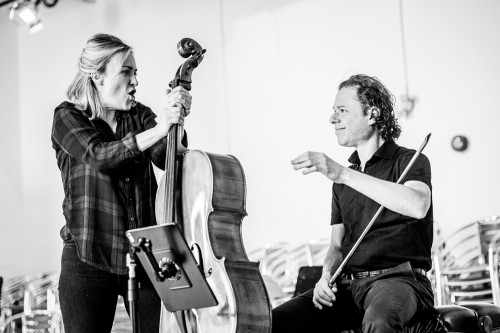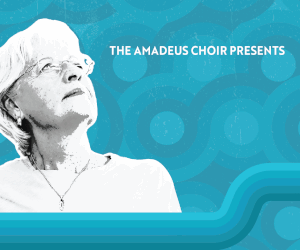Graduation With High Honours in Song
The end of March and beginning of April mark a special time for anyone in the post-secondary education sector. The term comes to a close, the academic school year settles into its final exams, papers, and for music students – final concerts. This month we’re exploring the end-of-term concerts at Western University, University of Toronto (my alma mater), and York University.
University of Toronto is lucky in its breadth of ensembles and guests. The program is also very large with four major choral ensembles and over 200 students across the various ensembles. As conductors Mark Ramsay, Elaine Choi, Lori-Anne Dolloff, and David Fallis share, this work begins the previous year before the students even start classes.
It’s a delicate balance to program works that are familiar while challenging; pedagogical, but fun. Not all the music needs to be new, because as Ramsay shares, “Working with a new conductor and/or singing with new colleagues can bring a fresh perspective to a familiar work. Singers also sometimes note [by revisiting familiar works] that their own skills have improved. Elements such as break management, vowel unification and dynamic control that were challenging the first time, may now be easier.” But they note, “It’s important to have some challenging music late in the season to keep a goal to strive for.” The MacMillan singers, under David Fallis also have the pleasure of singing a composition written by one of their own, Katharine Petkovski’s The Angels.



